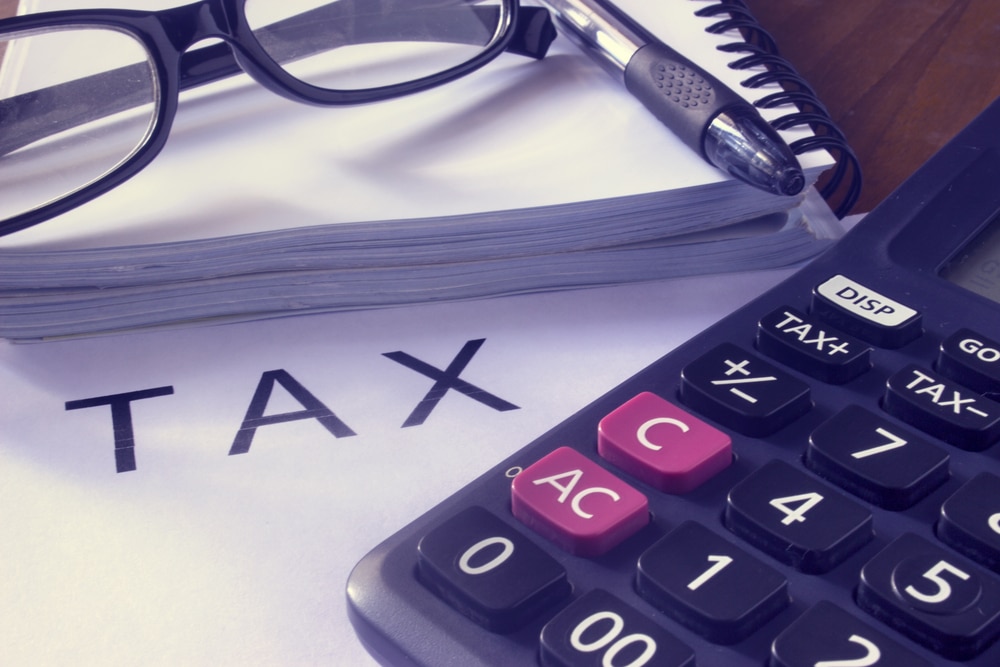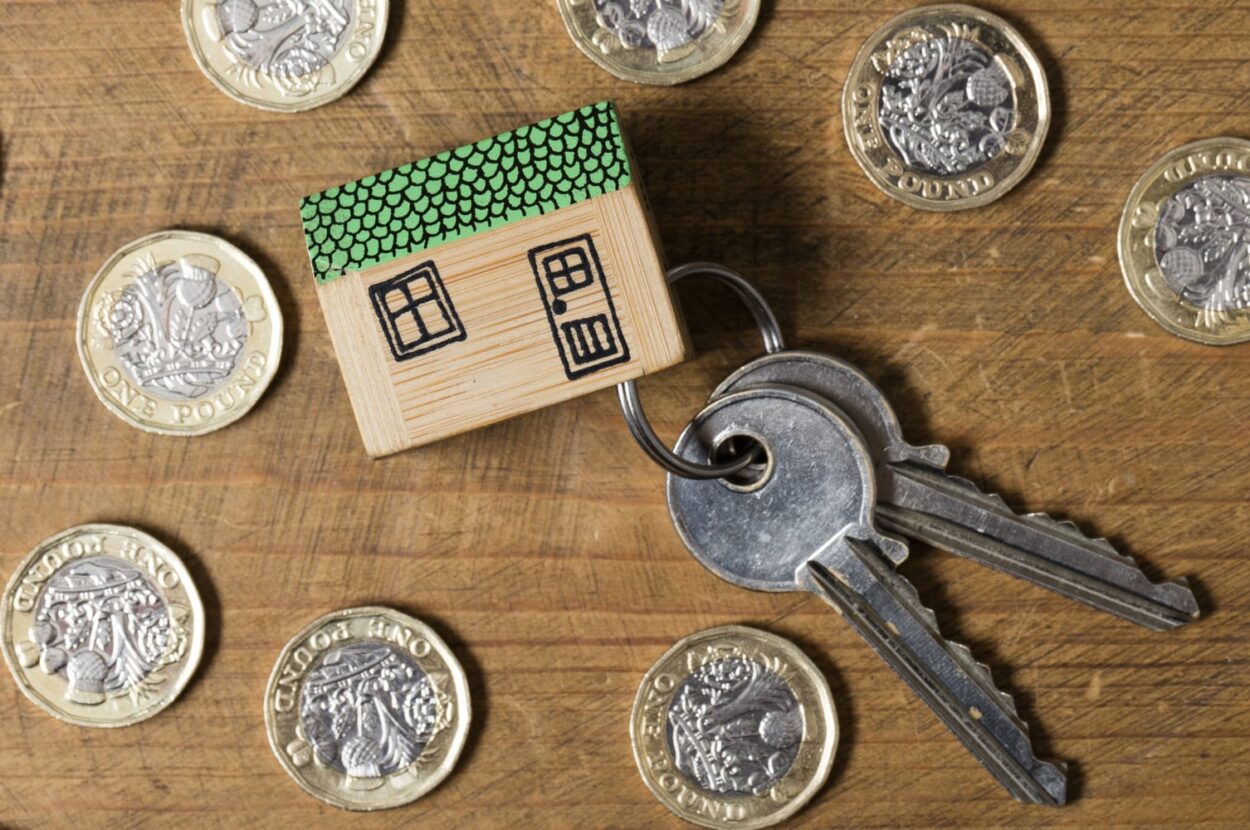Jasmine Birtles
Your money-making expert. Financial journalist, TV and radio personality.

The Chancellor finally announced the self-employed income support scheme (SEISS) on March 26th 2020. This package is designed to help some self-employed people in a similar way to the 80% wage payment grant for businesses to retain their PAYE employees. This article is now updated to reflect the latest announcements following the extension of the SEISS scheme, too.
However, there are – as ever – some winners and losers in this. Let’s look at the scheme in detail.
The Self-Employed Income Support Scheme is now open for applications. You can check your eligibility to apply here. Even if you didn’t apply for the first round of funding, you can apply for the second grant in August.
The first grant is a maximum of 80% of your average profits from the 3 tax years prior to the virus (2018/2019, 2017/2018, and 2018/2016 tax returns). The average monthly amount is calculated from your previous tax returns, less 20%. Multiply this figure by 3 to work out how much the grant will be for you.
The SECOND grant is lower, at 70%, covering June to August 2020 (but you can only apply for it in August). This reduction is, apparently, to bring the SEISS scheme into line with the PAYE Coronavirus Job Retention Scheme. (There are flaws in this logic: the 70% reduction doesn’t happen until August for PAYE furloughed workers, so it essentially is reduced three months early for the self-employed).
Be warned: a lump sum payment could affect any benefits you’re currently receiving. Even someone with NO savings at all at the moment, who is claiming Universal Credit, could see their benefit payment drop. UC payments reduce once you have £6,000 in capital. As the maximum lump sum payment is £7,500, even if you have no savings right now, the lump sum could take you over this threshold.
The amount you lose on your payment depends on how much capital you have between £6,000 – £16,000. It tapers off from a few pounds less each month to no payment at all.
If your Universal Credit assessment period is coming up soon, you may want to wait to apply for your SEISS lump sum until AFTER your assessment date. This will ensure you receive one more full UC payment before it changes.
The SEISS scheme won’t cover every freelancer or self-employed person. It it supposed to cover about half of the 5 million self-employed (much lower than the 95% the Chancellor quoted – it appears people on the CIS scheme and directors of solo Ltd companies were excluded from that figure).
You must have:
If you only have one or two years’ worth of tax returns, HMRC will use this information to calculate your benefit. You don’t HAVE to have the full three years – but if you do, it’ll give them more data to use and probably bring your average grant up.

You’re not eligible if you:
Check your eligibility for the Self-Employment Income Support Scheme here. You’ll need your Unique Tax Reference and National Insurance number.
You don’t! HMRC will write to you if you’re eligible for the scheme. They’ll ask you to complete a short online form that confirms your profits from the last three years, and a declaration that you’ve lost profits due to coronavirus.
Payments will be provided as a lump sum. The second SEISS scheme opens on 17th August 2020 and closes for applications on 19th October 2020. In this grant, you’ll receive 70% average monthly profits rather than 80%.
Unlike the PAYE scheme that furloughs workers, you CAN still work if you’re eligible for the SEISS. This is to cover the shortfall you may find in the interim between the scheme opening and the payment window. (For example, the second grant covers June to August, but payments aren’t due until August).
It also encourages business continuity to make sure you can carry on working once the coronavirus crisis is over.
A lot of self-employed people incorporate their business as a Limited Company. They’ll pay themselves a smaller regular salary through the PAYE system, and earn more through tax-efficient dividends.
If this is you: you don’t qualify for the SEISS.
HOWEVER
Ltd directors do qualify for the Government’s Job Retention Scheme for PAYE workers. You can apply to furlough yourself and receive 80% of your PAYE salary. It doesn’t cover your payments from dividends. However, you cannot continue with revenue-generating work while you’re on furlough, but can continue activities that are legal requirements as a director of a company. You can also work for someone else while you’re on furlough – just not your own company.
This leaves many people short, but it’s the only additional support for people with this business financial setup. If your 80% won’t cover bills, and you don’t have savings over £16,000, you could be eligible from some additional support from Universal Credit.
You could also apply for the Coronavirus Business Interruption Loan Scheme or a Bounce Back Loan.
Alas, if you’re a PAYE freelancer – as many creative professionals are – you won’t qualify for either the SEISS scheme OR the furlough scheme. This is a huge gap that Rishi Sunak has neglected to fill.
The trouble here is that you take short-term contracts on PAYE. So, you’ve paid your taxes and National Insurance – but don’t have a regular employer to claim furlough. But, because you’re PAYE on the contracts, and as such don’t submit a tax return, you don’t qualify for the SEISS scheme, either.
There’s little that can be done, with the exception of applying for Universal Credit. You can also sign this petition here.

If your sole income is from rental properties, you will not qualify for the scheme.
The income support scheme is only for those who are self-employed in a trade or partnership. So, if you earn some of your income (it must be the majority – at least 50.1%) from other self-employed activities, you could apply. If your only income is from property, or you’re on PAYE and receive rental income, you’re not eligible for the scheme.
If you have Payments on Account or VAT payments due in June, the Chancellor has suggested you use those savings to tide you over until grant, benefit, or loan money comes through for you. Tax payments can be deferred until January 2020. Of course, you’ll still need to pay the same amount of the delayed payment in January. However, it does mean you can immediately access cash if you need it.
The Scottish scheme goes further than the one for England and Wales. If you’re newly self-employed – and so didn’t have a 2018/19 tax return but have been self-employed since April 2019 – you can apply for a grant. The same rules apply: your income must be less than £50,000 and 50% must be from self-employment.
You apply via your local authority and the grant of £2,000 is paid directly to you. Find out the full details here.
It’s really important to note that if you already receive Universal Credit or other benefits – or you’ve applied for them – you can’t get this grant.
Unfortunately, the SEISS scheme does leave some people out. Most notably, those who set up their business in the 2019/20 tax year aren’t eligible.
If you’re one of the millions left out of the Government support schemes, the only thing available to you right now is Universal Credit. It can take 5 weeks to get your money (unless you get an advance, which you have to pay back), and the support is very low, but it’s something to help towards bills.
Your local authority may also have additional help for you – such as assistance towards council tax bills. Check their website in the first instance to find out what hardship schemes are available in your area.
Universal Credit is only for people with assets below £16,000. However, many self-employed contractors have savings for their next tax bill that push them over this cap.
The Government has officially confirmed that, for the first time, savings set aside for tax are NOT counted. Ideally, they should be in a separate business account. Even if they’re in a personal account, as long as you put a note in your UC journal the amount saved for taxes, this will be taken out of the equation for UC purposes.
Self-employed people not eligible for the SEISS can now also apply for the Coronavirus Business Interruption Loan Scheme. It’s likely this option is more helpful for those excluded from the scheme because their average profits are above £50,000 – but any self-employed person can apply. Remember, though, that this is a loan and will need to be repaid in 12 months’ time.
The ‘Bounce Back Loan’ is another route to finance. It’s available for small business owners borrowing between £,2000 to £50,000. Loans are 100% guaranteed by the Government (making it safer for banks to offer it to you). The first year is interest-free, then interest is set at 2.5% per year, with a loan term of 6 years (72 months). Repayments start from the 13th month. If you’ve already applied for a loan through the Coronavirus Business Interruption Loan Scheme, that’s under £50,000, you can transfer your loan to these terms.
If you’re struggling right now for funds, remember our website is full of ways to make money. From instant cash by selling your stuff to new business ideas or passive income plans, check out our Make Money section to boost your bank account now!
There are over 5 million self-employed people in the UK, making up15% of the workforce. The number of self-employed people in the UK has risen from 3.3m in 2001 to 5m today.
There are
London has the highest concentration of self-employed people where living costs are higher.
Self-employed people earn an average of 24% less than employed people and are far less likely to have a pension. Around 74% of employees have a pension whereas only 16% of self-employed people do. See our whole section on Pensions here to find out how to easily and cheaply set up a pension for yourself.
Still confused about the SEISS? Not sure what the future holds? Want to ask a burning question about something else money-related?
That’s what our new MoneyMagpie Messageboard is for! Get stuck in and have your questions answered by the MoneyMagpie team, selected financial experts, and other Magpies in your community. Check out the forum here.

Government support is for genuine businesses who are bearing the effect of pandemic, people should not try to take undue advantage of this. They will get caught out later.
I think most businesses and self-employed are playing by the rules. It’s very hard for self-employed people, in particular, to play this system, as it’s based on the 2018/2019 tax return information – details submitted long before the pandemic arrived. I’ve heard some businesses are being fraudulent with the furlough scheme, but they’ll likely get caught soon enough.
If I am claiming ESA can I still claim SEISS
Hi Chris, yes, you should be able to claim SEISS if you meet the rest of the eligibility criteria!
Very glad that the self-employed are not being left being during the pandemic.
Very useful information.